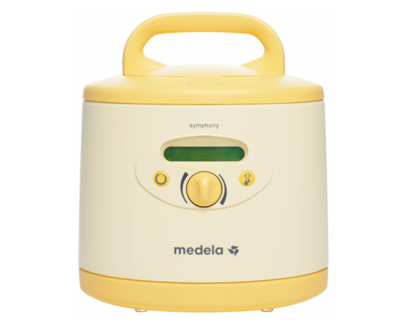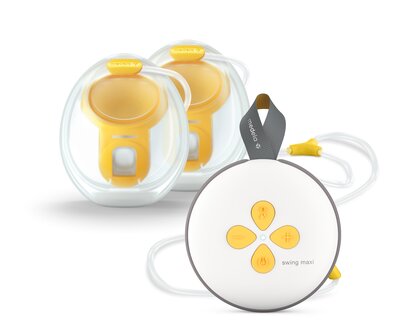Breastfeeding is a natural and wonderful way to connect with your new baby. It also provides your precious little one with many health benefits. But for some moms, breastfeeding can prove frustrating, especially if producing enough milk for your baby is a struggle.
If you’re someone facing breast milk supply challenges; first, it’s essential to know that it’s okay and that you’re not alone. You’re not doing anything wrong. Second, be sure to talk to your healthcare provider or a lactation consultant first. They can help determine any underlying causes behind the breastfeeding challenges you may be facing and help you overcome them.
Another effective solution for increasing your milk supply is a technique called power pumping.








